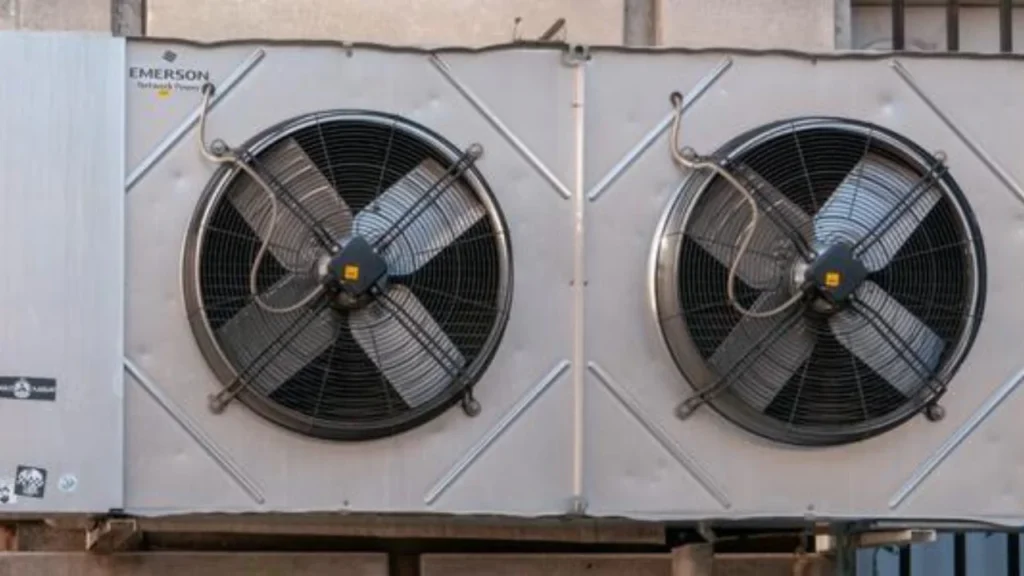How much freon does a Rheem rsnj-a042 jk take?
Ever found yourself pondering the mysteries of your air conditioner’s inner workings? Perhaps not. But when the summer heat turns your home into a sauna, suddenly, the question “how much Freon does a Rheem RSNJ-A042 JK take” becomes as pressing as finding the TV remote during the game. Understanding this aspect of your HVAC system can lead to better maintenance and efficiency, ensuring you stay cool when it matters most.
What is Freon?
Freon is the trade name for a group of refrigerants used in air conditioning systems to cool your space. Think of it as the magic potion that transforms hot air into a refreshing breeze. Historically, R-22 was the go-to Freon, but due to environmental concerns, it’s being phased out in favor of R-410A, a more ozone-friendly option.
Refrigerants like Freon work by cycling through your air conditioning system, absorbing heat from inside your home and releasing it outside. This process relies on the unique properties of these chemicals, which can change states from liquid to gas at relatively low temperatures. The shift from R-22 to R-410A not only benefits the environment but also offers improved energy efficiency for modern HVAC systems.
The Rheem RSNJ-A042 JK: A Quick Overview

The Rheem RSNJ-A042 JK is a 3.5-ton unit, designed to keep medium to large spaces comfortably cool. It’s a part of Rheem’s RJNA series, known for efficiency and reliability. This model utilizes R-410A refrigerant, aligning with modern environmental standards.
| Specifications | Details |
| Model | RSNJ-A042 JK |
| Cooling Capacity | 3.5 Tons |
| Freon Type | R-410A |
In terms of specifications, the RSNJ-A042 JK boasts a high Seasonal Energy Efficiency Ratio (SEER), ensuring that homeowners get optimal cooling without excessive energy consumption. Its design emphasizes durability and quiet operation, making it a popular choice for residential settings. The use of R-410A refrigerant not only makes it environmentally friendly but also enhances its cooling performance compared to older models that relied on R-22.
How Much Freon Does It Take?
Now, to the million-dollar question: how much Freon does a Rheem RSNJ-A042 JK take? According to the Rheem RJNA Series User’s Manual, the RJNA-042CK model, which is comparable to the RSNJ-A042 JK, has a refrigerant charge of approximately 182 ounces (5,160 grams).
It’s essential to note that the exact amount of refrigerant can vary based on the length and configuration of the refrigerant lines connecting the indoor and outdoor units. Therefore, while 182 ounces is a standard charge, additional Freon might be necessary to account for longer line sets. Always refer to the manufacturer’s guidelines and consult with a certified HVAC professional to determine the precise amount required for your specific installation.
Also read: How Big Can My Box Be for Tech School?
Why Knowing the Freon Capacity Matters?
Maintaining the correct Freon level is crucial. Too little, and your unit struggles, leading to inefficiency and higher energy bills. Too much, and you risk damaging the compressor—a costly fix. It’s the Goldilocks principle: the amount needs to be just right.
An undercharged system can lead to reduced cooling capacity, causing the unit to run longer to achieve the desired temperature. This not only increases wear and tear but also results in higher electricity bills. On the other hand, an overcharged system can cause increased pressure within the unit, potentially leading to compressor failure. Regular maintenance checks can ensure that your system’s Freon levels remain within the optimal range, preserving both your comfort and your wallet. This will help you get out of the question “How much Freon does a Rheem RSNJ-A042 JK take?”
Factors Leading to Low Freon Levels
Several factors can cause your air conditioner’s Freon levels to drop:
- Refrigerant Leaks: The most common culprit. Leaks can occur due to corrosion, wear and tear, or physical damage to the refrigerant lines or components.
- Improper Installation: If the system wasn’t charged correctly during installation, it might start with insufficient refrigerant.
- Aging System: Over time, components can degrade, leading to potential leaks and decreased efficiency.
- Evaporator Coil Issues: Dirty or damaged coils can impede refrigerant flow, causing the system to underperform.
Signs Your Unit Might Be Low on Freon
Is your AC blowing warm air? Notice ice forming on the refrigerant lines? These are telltale signs of low Freon levels. Other indicators include hissing sounds (not from a snake) and increased humidity indoors. If you spot these symptoms, it’s time to call a professional.
Another sign to watch for is:
- A sudden spike in your energy bills without a corresponding increase in usage. This can indicate that your air conditioner is working harder than it should due to insufficient refrigerant.
- Additionally, if you observe water pooling around your furnace, it could be a result of ice melting off the evaporator coils—a common consequence of low Freon levels. Addressing these issues promptly can prevent more severe damage and costly repairs down the line.
The Future of Freon: Environmental Considerations
As mentioned earlier, R-22 is being phased out due to its ozone-depleting properties. R-410A, while better, is also on the environmental watch list. The industry is moving towards more sustainable alternatives, so staying informed will help you make eco-friendly choices in the future.
Emerging refrigerants, such as R-32 and R-454B, offer lower global warming potentials and are gaining traction in newer HVAC systems. These alternatives aim to provide the same cooling efficiency while minimizing environmental impact. As regulations evolve and the push for greener technologies continues, it’s likely that future air conditioning units will adopt these newer refrigerants. Homeowners should stay informed about these developments, especially when considering system replacements or upgrades.
Conclusion
Understanding your Rheem RSNJ-A042 JK’s Freon capacity isn’t just for HVAC enthusiasts. It’s about ensuring your unit runs efficiently, saving on energy bills, and doing your part for the environment. So, the next time someone asks, “how much Freon does a Rheem RSNJ-A042 JK take,” you can confidently share your knowledge—and maybe even impress them with your HVAC savvy.
Regular maintenance and awareness of your system’s refrigerant needs can prevent many common issues associated with improper Freon levels. By staying informed and proactive, you ensure a comfortable living environment, extend the lifespan of your equipment, and contribute to a more sustainable future. Remember, when it comes to your air conditioner, a little knowledge goes a long way in keeping things cool.
Also read: FintechZoom.com Review: Comprehensive Financial News and Tools for Investors







